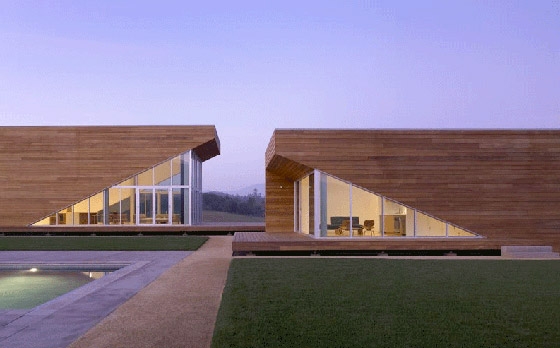
Fotografo: Bruce Damonte
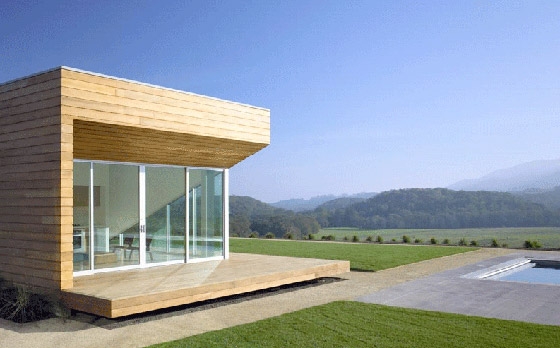
Fotografo: Bruce Damonte

Fotografo: Bruce Damonte
Project Description:
Set within a rural parcel in the heart of Northern California Wine Country, the Summerhill Residence consists of 3 separate buildings (main house, guest house and detached garage) that are situated to maximize the connection between the natural and the man-made. The distinction between the indoors and the outdoors is intentionally blurred as interior and exterior spaces extend in all directions to the gently rolling hills of the Sonoma landscape beyond.
Decentralization:
The concept for the site design was to decentralize programmatic functions into separate, smaller buildings so as to break down the imposed mass of what would have otherwise been a larger, monolithic building. A similar architectural vocabulary of exterior form and materials were used at each of the buildings to maintain a cohesive experience.
Outdoor Rooms:
Organized along a north/south axis, the buildings have been situated so that void space between the buildings will allow for defined outdoor courtyards but with informal circulation routes in and around the buildings. These outdoor courtyards while similar in vocabulary are intended to be experienced differently as each is orientated in a different direction to capture distinct views of the site beyond.
Indoor / Outdoor Relationships:
As the residence is intended for use as a rural, weekend retreat for a family living in San Francisco, particular focus was paid to heighten the experience of being in the country. As such, the public spaces of the house have extensive amounts of glazing that allow for unobstructed views the adjacent outdoor spaces and the landscape beyond. Additionally, direct access through sliding and swing doors to wood decks that wrap around the main house and guest house spaces provide a literal and metaphoric transition to the outdoor spaces beyond.
Communal Spaces:
A primary objective was to provide spaces for family and friends to gather and enjoy each other’s company. The spatial response was to combine all of the public functions of the house such as the kitchen, dining and living room into a single living space that is as open and transparent as possible. An oversized communal dining table situated between the kitchen and the living room allows for large group meals together.
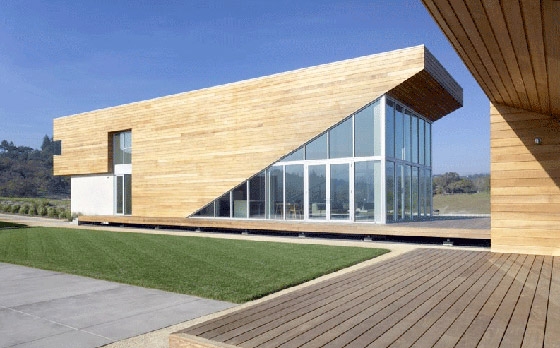
Fotografo: Bruce Damonte
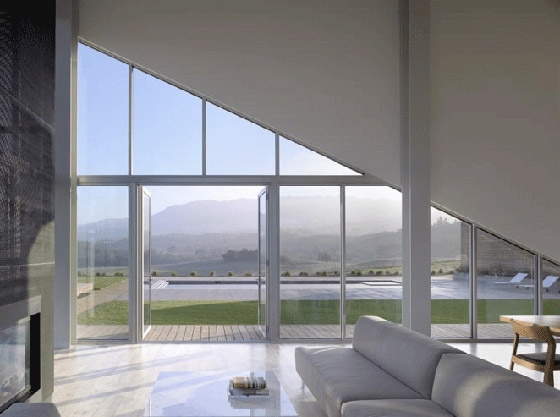
Fotografo: Bruce Damonte
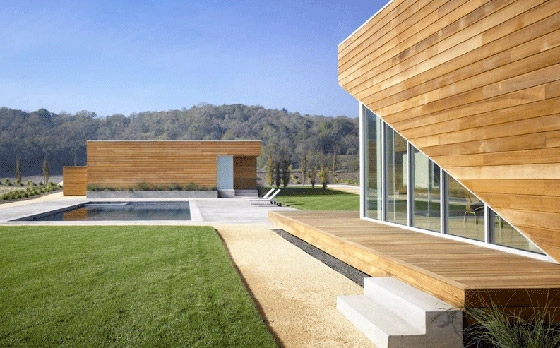
Fotografo: Bruce Damonte
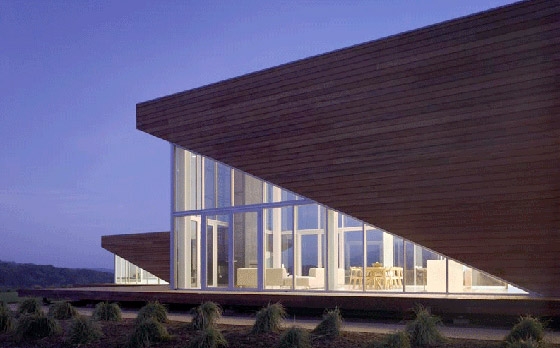
Fotografo: Bruce Damonte

Fotografo: Bruce Damonte







